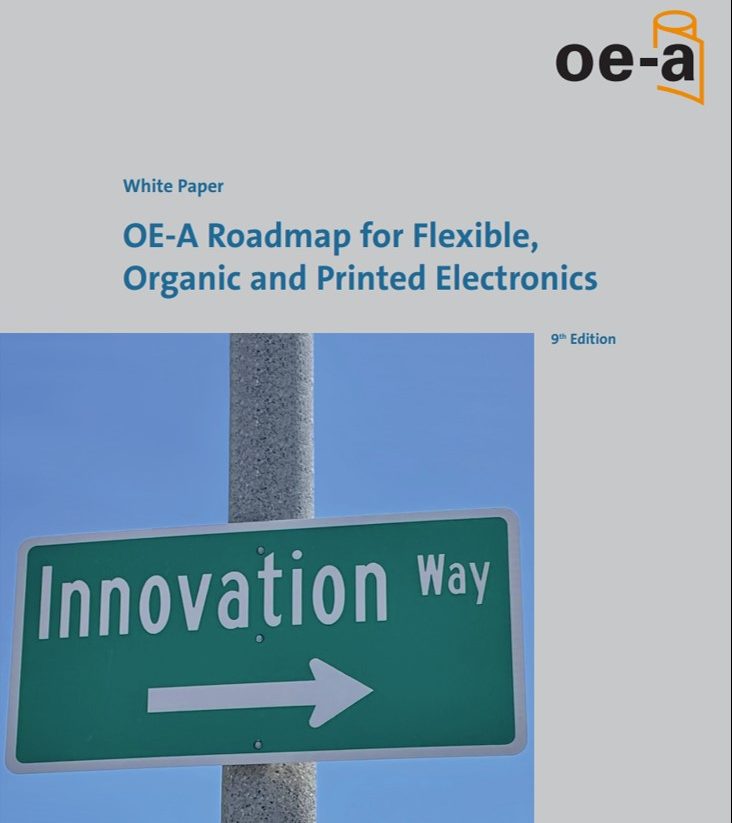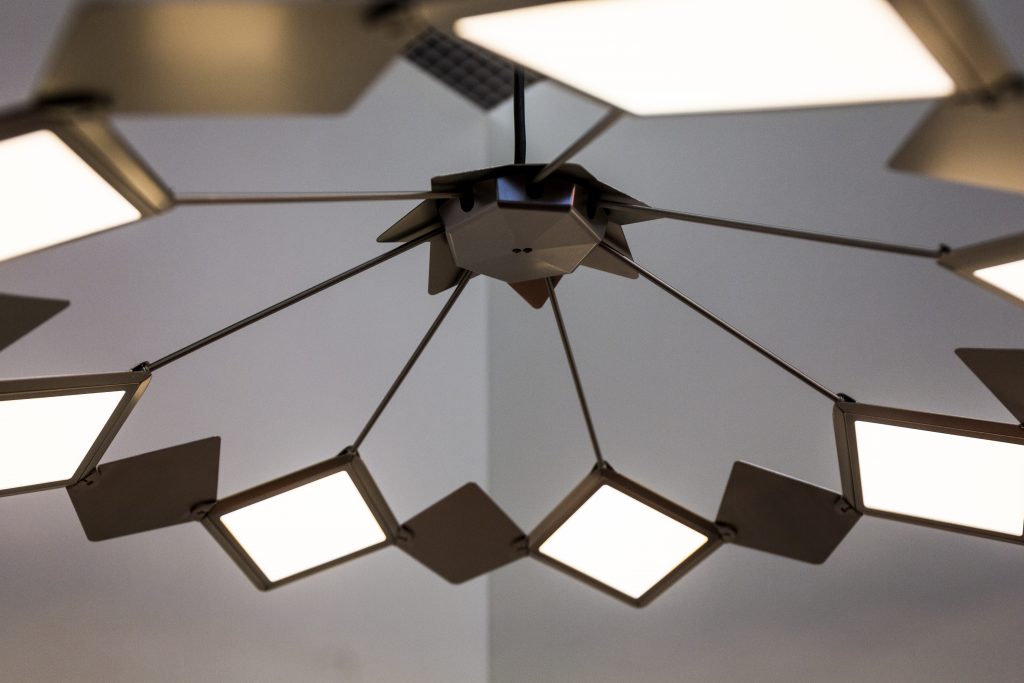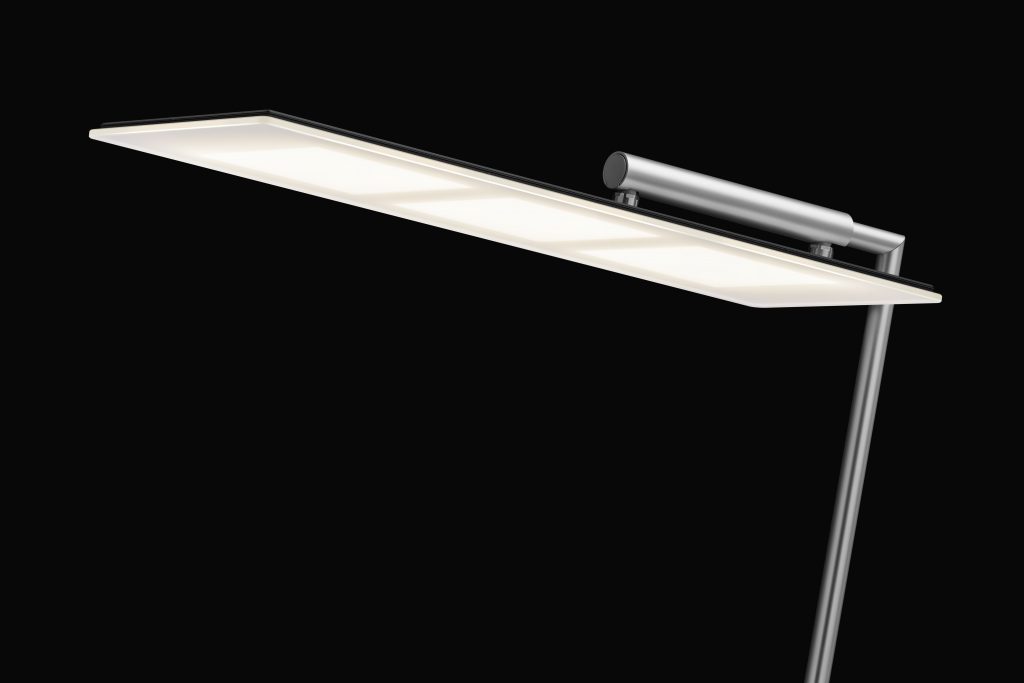LED-based lighting products are been available for over a decade and are the basis for a rapidly growing SSL industry. Inorganic LEDs are point sources which have to be assembled in systems to provide homogeneous area lighting. By using organic semiconducting materials, the traditional LED applications can be widened by using Organic LED (OLED). The use of OLED devices allows for homogeneous light sources which can be applied on flexible substrates.
OLED lighting products promise novel features; large area, diffuse light emission, flexible and very thin form factors, high efficacy and variable color are just some of the possibilities. New lighting applications can be expected to take advantage of OLED properties, for example embedded lighting or homogeneous area lighting.
Implementation examples

OLED taillight
© Messe München
OLED taillights emit a very homogeneous and precise light, while the modules are very thin and flexible. Thus, they provide a very efficient and lightweight light source.







